| Asher Fogle, Janaya Wecker, Lauren Matthews |
It was a box office success.
Made on a budget of $2 million, White Christmas was the highest grossing film of 1954 in the U.S., bringing in around $12 million by the end of its theatrical run (adjusted for inflation, that would be close to $137 million today).
There are some huge age differences amongst the cast.
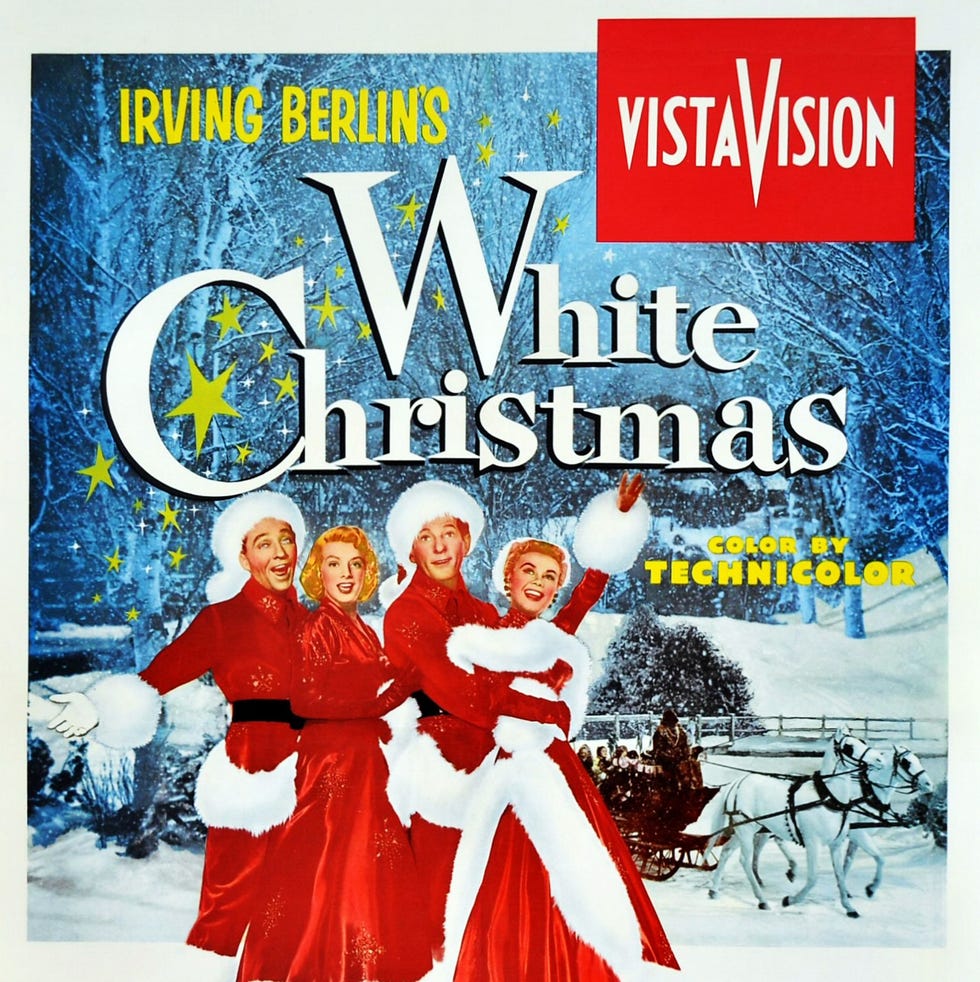
Rosemary Clooney plays Vera-Ellen’s older sister in the movie, but she was actually seven years younger than her on-screen sibling. When the film came out, Clooney was 26 and Vera-Ellen was 33.
Even more striking? Crosby, who plays Clooney’s love interest, was 51 when the movie debuted. That’s a 25-year age gap! As for Danny Kaye, he was 43. (It’s also funny to note that Dean Jagger, who played the retired, elderly general, was actually born a few months after Crosby.)
Advertisement – Continue Reading Below
And height differences.
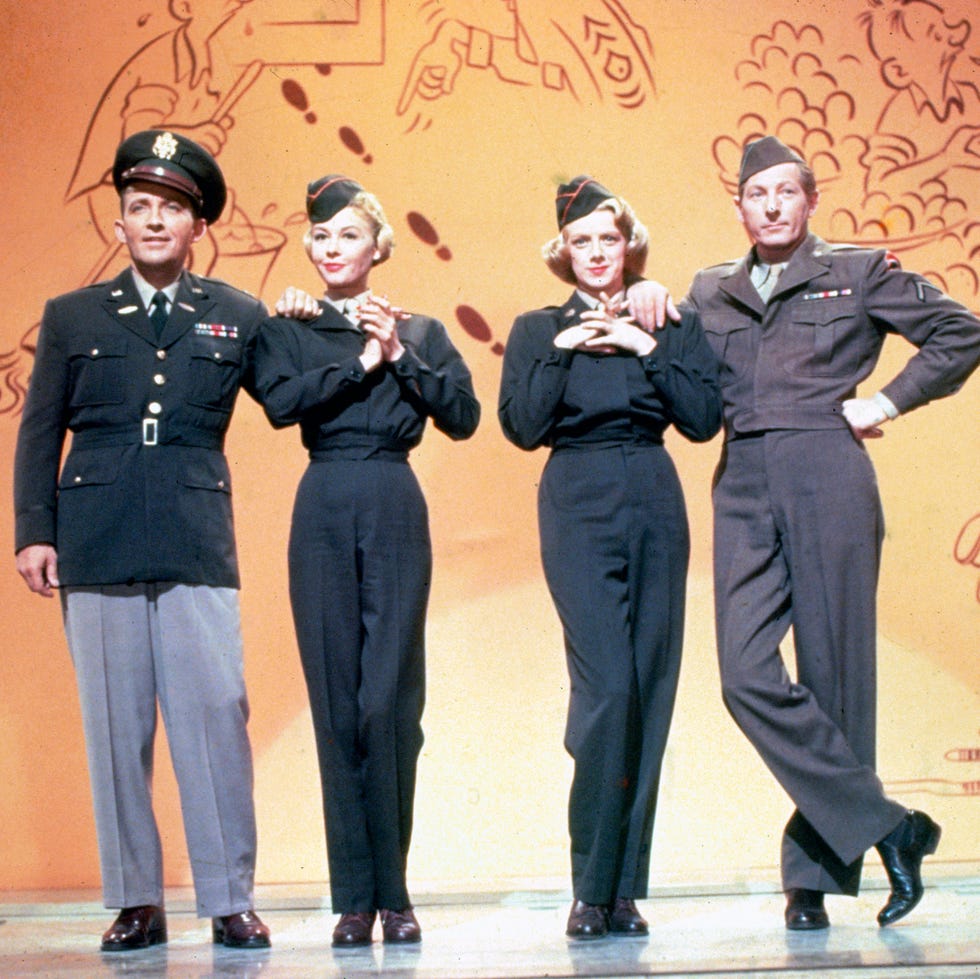
Because Vera-Ellen was two inches shorter than Rosemary Clooney, wardrobe gave her higher heels to wear. That way, the two women would appear to be similar heights during their performances.
It was the first movie to be filmed in VistaVision.
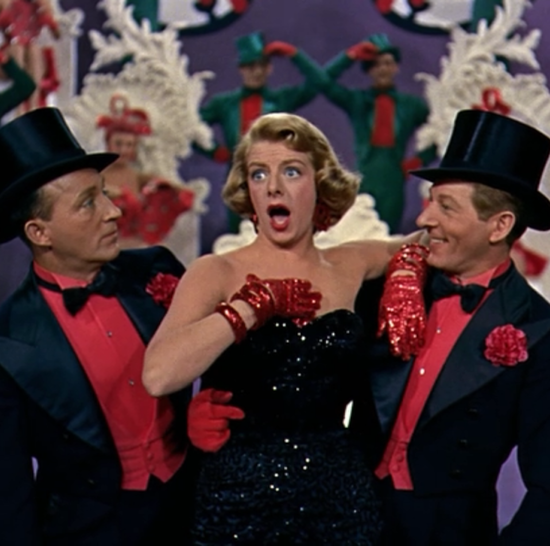
White Christmas was filmed in TechniColor using VistaVision, Paramount’s then-brand-new projection process designed to offer sharper imagery and richer color. “Fortunately, the use of VistaVision, which is another process of projecting on a wide, flat screen, has made it possible to endow White Christmas with a fine pictorial quality,” wrote a New York Times critic in 1954. “The colors on the big screen are rich and luminous, the images are clear and sharp and rapid movements are got without blurring — or very little — such as sometimes is seen on other large screens.”
Advertisement – Continue Reading Below
Fred Astaire was supposed to play Phil Davis.
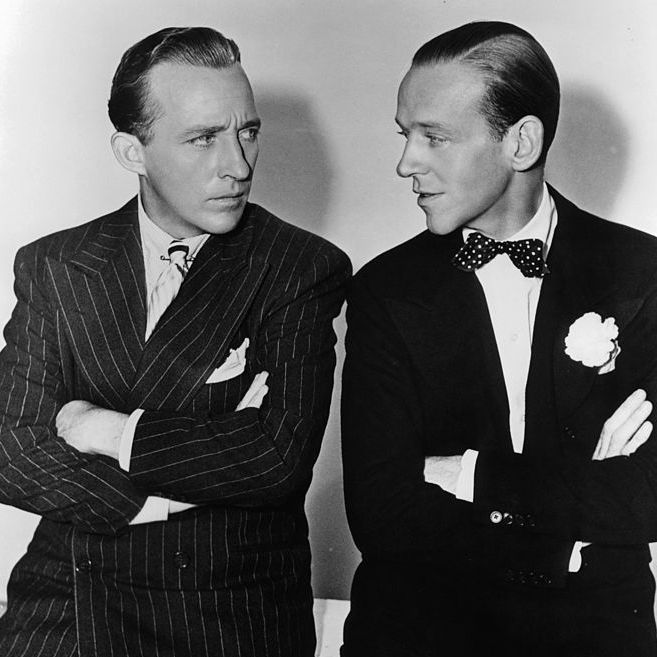
After Astaire and Crosby’s success in 1942’s Holiday Inn, White Christmas was intended to reunite the famous duo. But Astaire had retired by the time White Christmas was shot 12 years later and so he turned down the role. Next, the part was offered to Donald O’Connor (best known for Singin’ in the Rain), but he pulled out due to an illness. In the end, the part went to Danny Kaye.
Rosemary Clooney took the part for a specific reason.
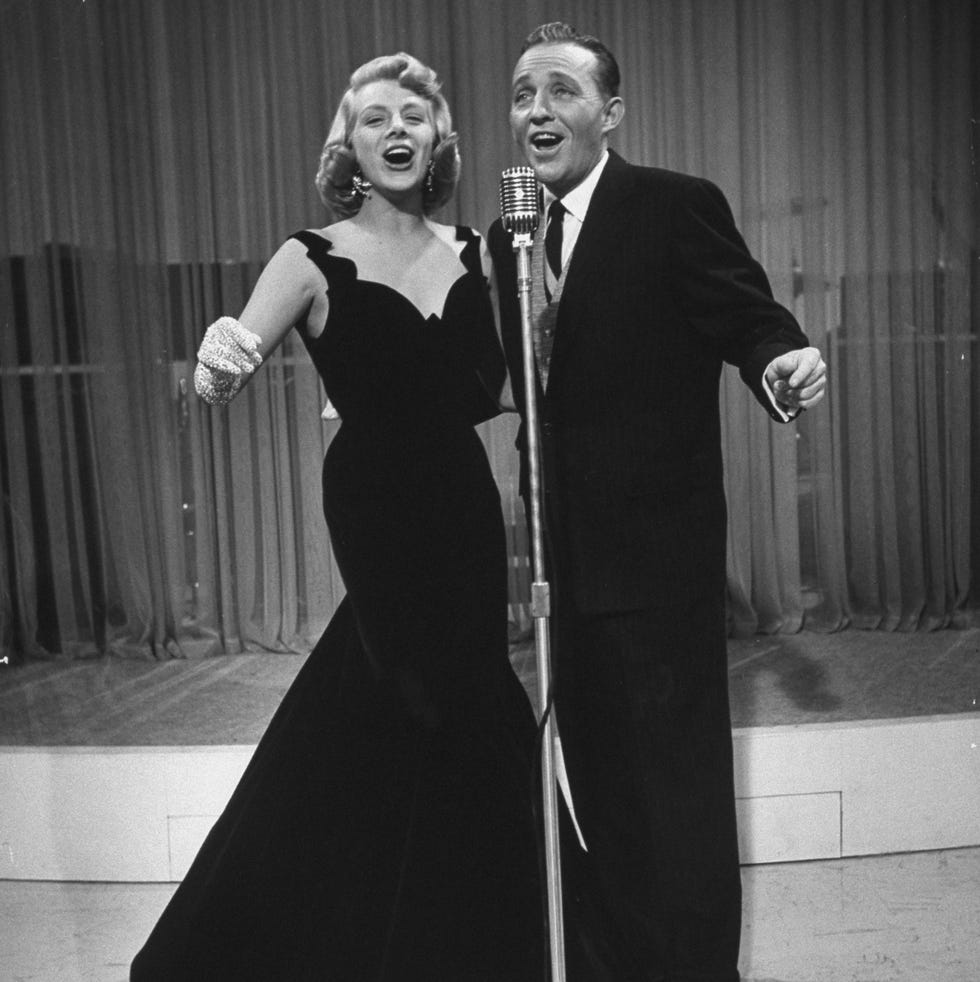
Advertisement – Continue Reading Below
Vera-Ellen didn’t actually sing any of the songs.
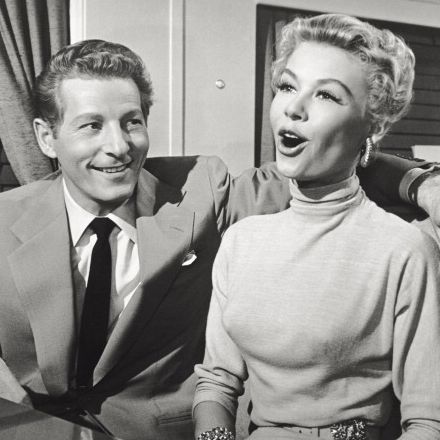
When the character Judy Haynes sings, you’re actually hearing singer Trudy Stevens. The only time Vera-Ellen’s real singing voice is heard is when the quartet disembarks the train in Vermont and they sing the opening lines of “Snow.”
But she sure did all her own dancing!
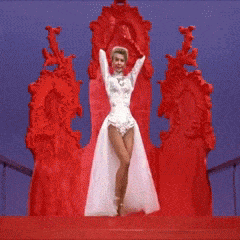
Vera-Ellen started dancing at age 10. At age 18, she became one of the youngest Radio City Rockettes and performed in several Broadway shows before heading to Hollywood. Fun tidbit: Growing up in Norwood, Ohio, a suburb of Cincinnati, Vera-Ellen carpooled to dance classes with Doris Day!
Advertisement – Continue Reading Below
Speaking of dancing, Rosemary Clooney wasn’t very proud of her moves.

The actress once said White Christmas would be perfect if only they could have “dubbed” her dancing. In fact, her character only has two major dance scenes throughout the whole film. In “Sisters,” the props distract from the rather simple choreography, allowing Clooney to keep up with Vera-Ellen.
Bob Fosse was the uncredited choreographer.
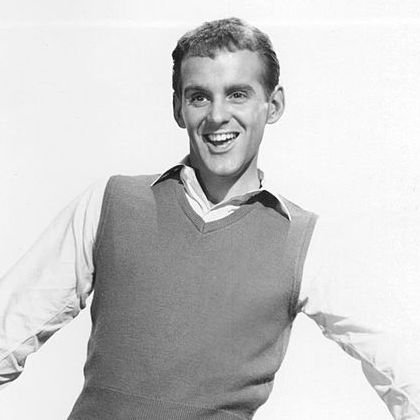
It’s true! Long before his sizzling moves appeared in films like Cabaret and Chicago, a young Fosse sent Vera-Ellen spinning and tapping across the stage.
Advertisement – Continue Reading Below
This dancer went on to big things.
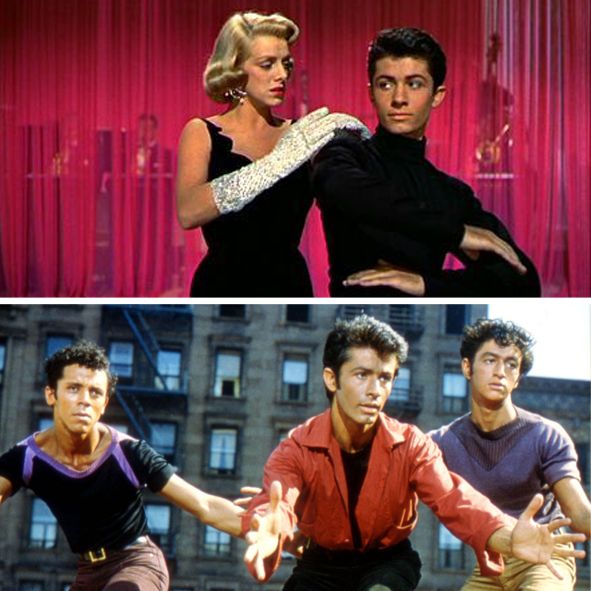
Throughout the film, dancer George Chakiris accompanies the Haynes sisters in an uncredited role. But soon after White Christmas, he received the credit he was due: Chakiris won an Academy Award for Best Supporting Actor as Bernardo in 1961’s West Side Story.
This wasn’t the first time Bing Crosby sang “White Christmas” on screen.
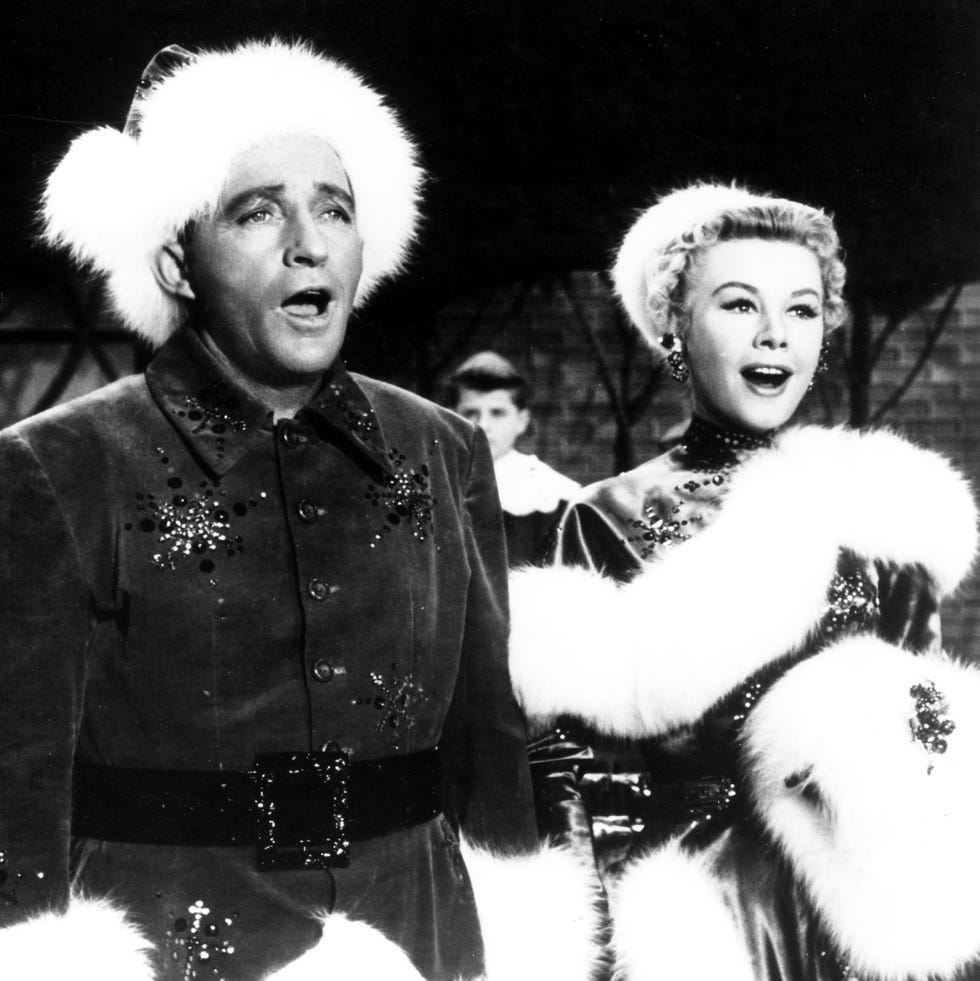
A fun fact about the titular song: According to the Guinness Book of World Records, Crosby’s version of “White Christmas” is the best-selling single of all time. But it wasn’t originally recorded for the movie of the same name.
Written by Irving Berlin in 1940, Crosby first performed the tune 13 years before White Christmas came out, on the radio show “The Kraft Music Hall.” He first sang the song on screen in Berlin’s 1942 film, Holiday Inn, as well as in the movie Blue Skies in 1946. (Crosby’s original recording of “White Christmas” spent 11 weeks at number one in 1942, and also found itself at the top of the charts in 1945 and 1946.) By 1954, it was already considered Crosby’s signature tune.
RELATED: 30 Best Christmas Songs to Get You in the Holiday Spirit
Advertisement – Continue Reading Below
Irving Berlin presented the Oscar for “White Christmas” to himself.
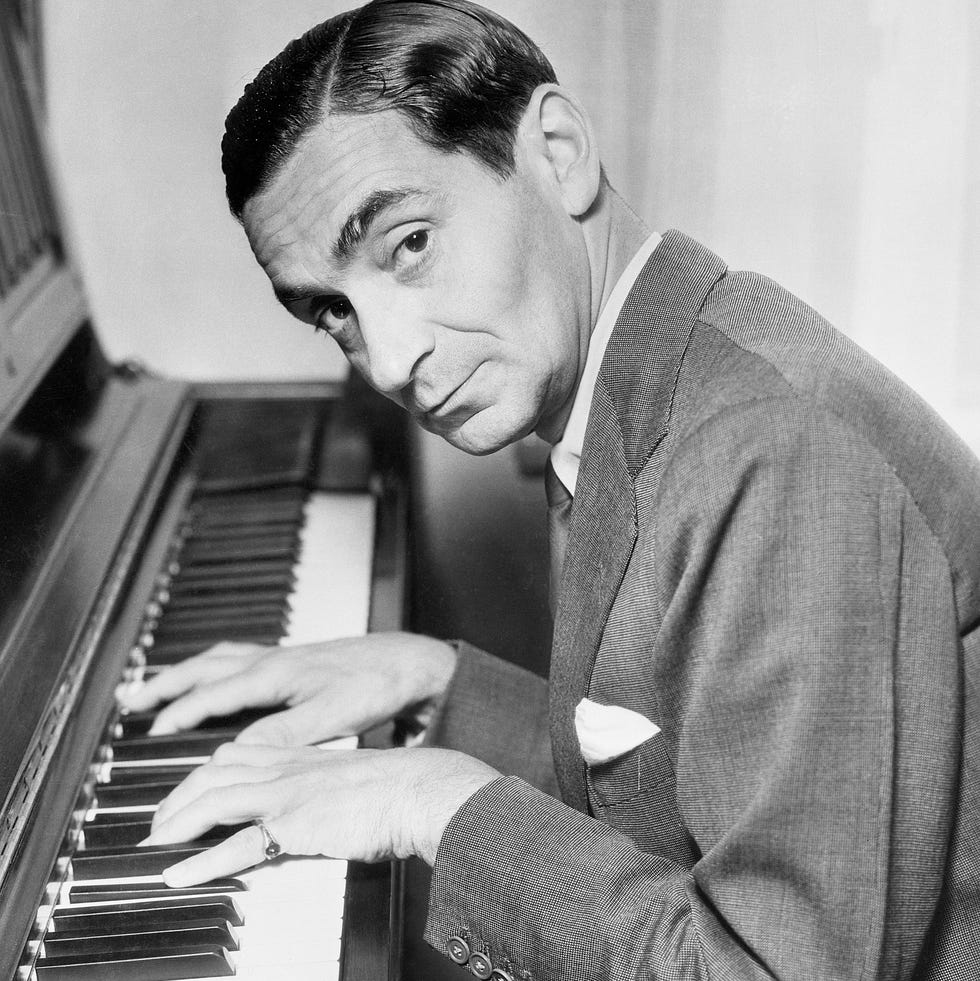
In 1943, the composer was an Oscar presenter for Best Original Song, and he ended up reading his own name as the winner, for the Holiday Inn rendition of “White Christmas.” He joked with the audience, “I’m glad to present the award. I’ve known him for a long time.”
Today, ‘White Christmas’ would be considered a jukebox musical.
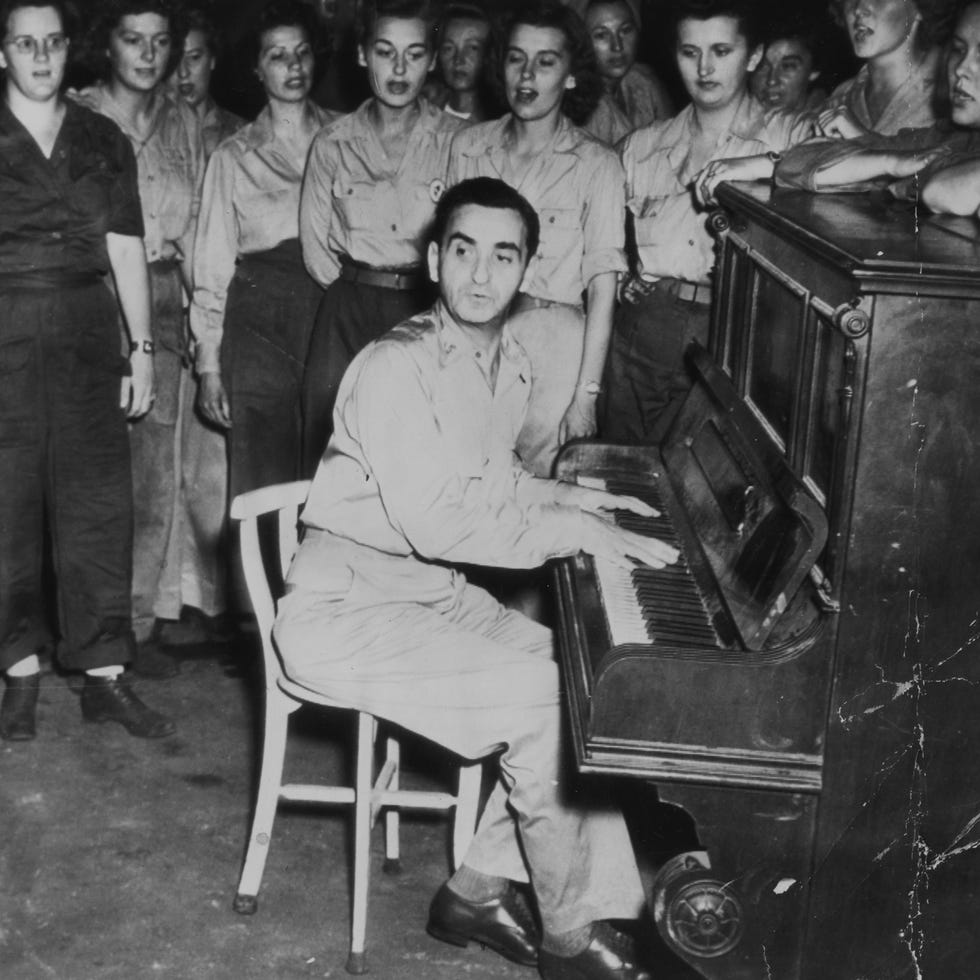
Irving Berlin wrote seven new songs for White Christmas, including “Sisters,” “The Best Things Happen While You’re Dancing” and “Count Your Blessings Instead of Sheep.”
But most of the songs featured in the film are actually covers, pulled from decades of Berlin’s work, including “What Can You Do With a General?” which was first written for an unreleased project called Stars on My Shoulders.
Unfortunately, several of those reused tunes have strong ties to minstrel shows and their long history of blackface and racism. While White Christmas doesn’t feature any abhorrent blackface numbers like its predecessor Holiday Inn, the movie does feature the song “Mandy,” which reminisces about the “minstrel days we miss,” and an instrumental version of “Abraham,” the blackface number from Holiday Inn.
Advertisement – Continue Reading Below
There is no “official” soundtrack.
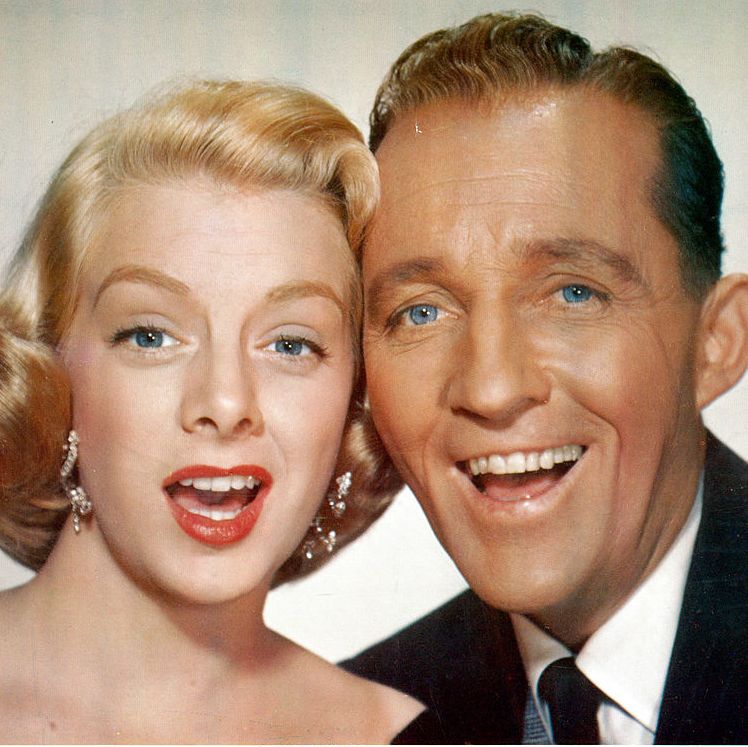
The soundtrack rights for the film were controlled by Decca, but Rosemary Clooney was under exclusive contract to Columbia, a competing record label. So in 1954, Decca recorded and released an album with the movie cast — minus Rosemary (her part was sung by Peggy Lee). Meanwhile, Columbia released an album with Clooney singing eight songs from the film. That means the only way to hear her sing with Crosby is on-screen!
Irving Berlin changed lyrics just for Bing Crosby.
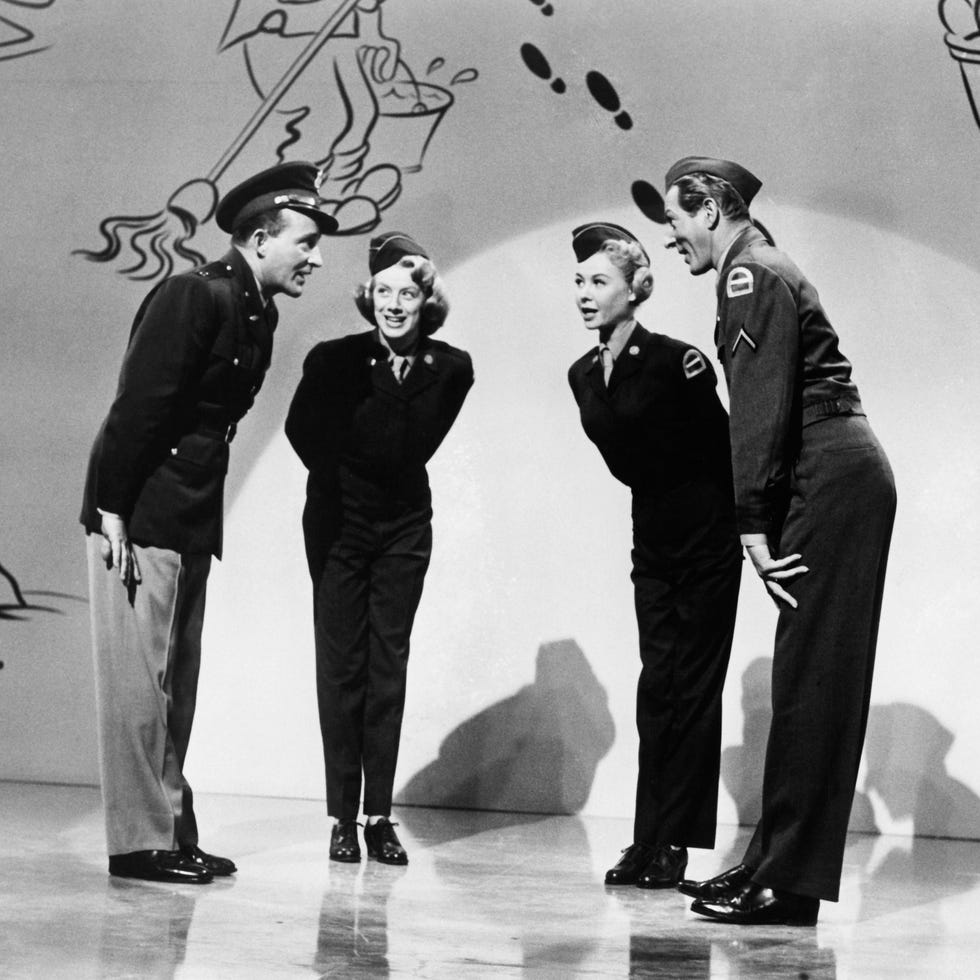
The song “Gee, I Wish I Was Back in the Army” originally had a lyric about seeing “Crosby, Hope and Jolson all for free” — a reference to popular wartime entertainers Al Jolson, Bob Hope and Bing Crosby. But given that Crosby was starring in White Christmas, the lyrics were changed to include Jack Benny (“Jolson, Hope and Benny all for free”) to avoid breaking the fourth wall.
Advertisement – Continue Reading Below
Kaye and Crosby’s “Sisters” number wasn’t part of the script.

One of the film’s funniest numbers wasn’t originally in the story. Bing Crosby and Danny Kaye were simply goofing around on set and director Michael Curtiz found it so hilarious that he wrote the scene in. Apparently, the actors found it comical, too: The laughing during the number is real! The take in the film was the best one they could get out of the two, who kept cracking each other up.
“Snow” wasn’t originally about snow.
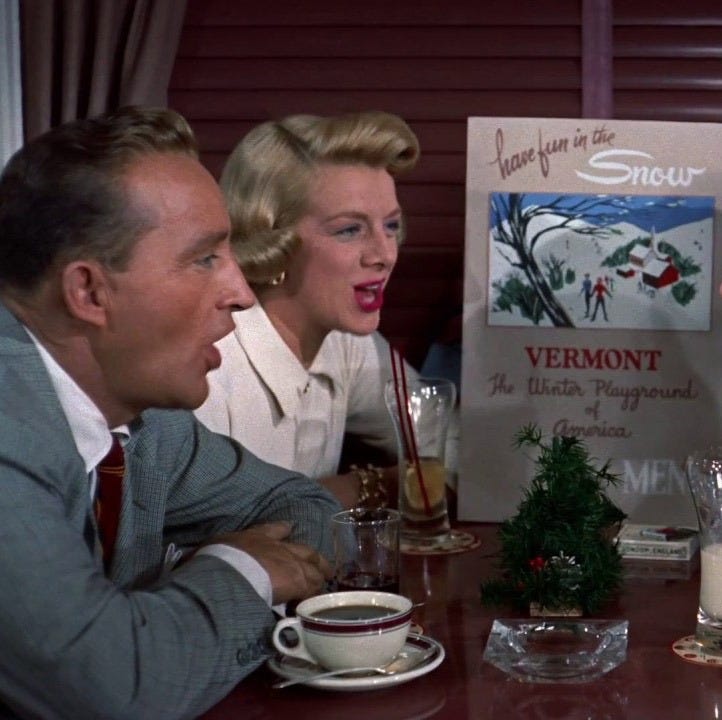
In the club car of the train, the four leads sing “Snow” about their frosty dreams. Originally, the Irving Berlin tune was called “Free,” and was written for the musical Call Me Madam — and it had nothing to do with winter.
Advertisement – Continue Reading Below
The Vermont inn doubled as ‘Holiday Inn,’ too.
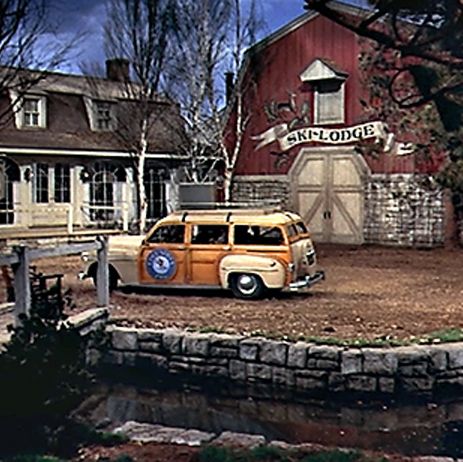
General Waverly’s Columbia Inn in fictional Pine Tree, Vermont, made its debut a decade before in Holiday Inn. The set on the Paramount lot was refurbished for this Christmas classic.
The TV camera in the ‘Ed Harrison Show’ scene is a real one.
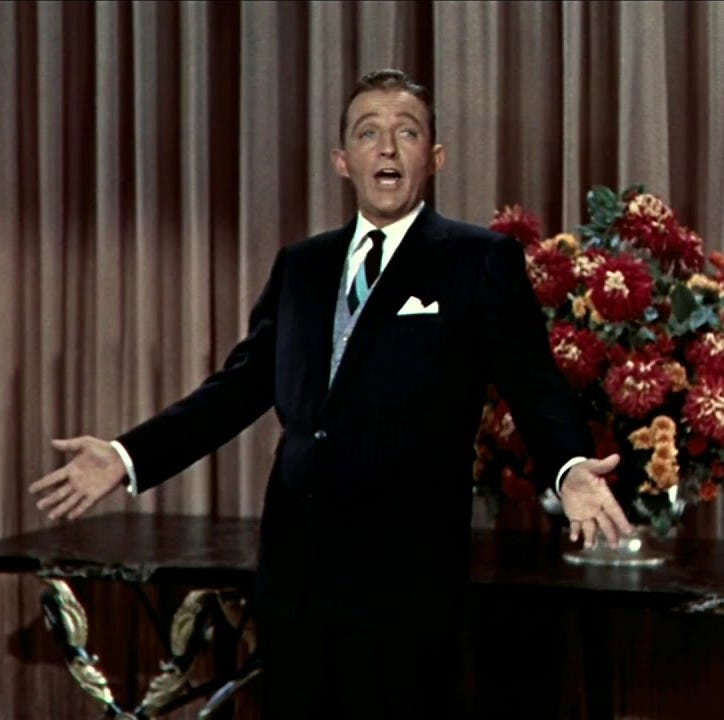
Rumor has it, anyway. As stated on IMDb, the camera belonged to NBC’s Channel 4 station in New York (which changed its name to WRCA-TV in 1954).

When she’s not hunting for compelling personal stories or justifying her love for dessert, Asher can likely be found watching early-2000s TV on Netflix with her husband. She believes that turquoise pots create tastier meals, iced coffee and power tools make her unstoppable, and one can never have too many books.
Lauren (she/her) is the executive digital content director of the Hearst Lifestyle Group, where she oversees online content and strategy for Good Housekeeping, Woman’s Day and other Hearst titles, including SEO, video, social media and e-commerce efforts. She has almost 20 years of experience writing and editing beauty, lifestyle, home, health, entertainment and product review content. She graduated from NYU with a degree in journalism and history.
Watch Next

Advertisement – Continue Reading Below
Advertisement – Continue Reading Below
Advertisement – Continue Reading Below

